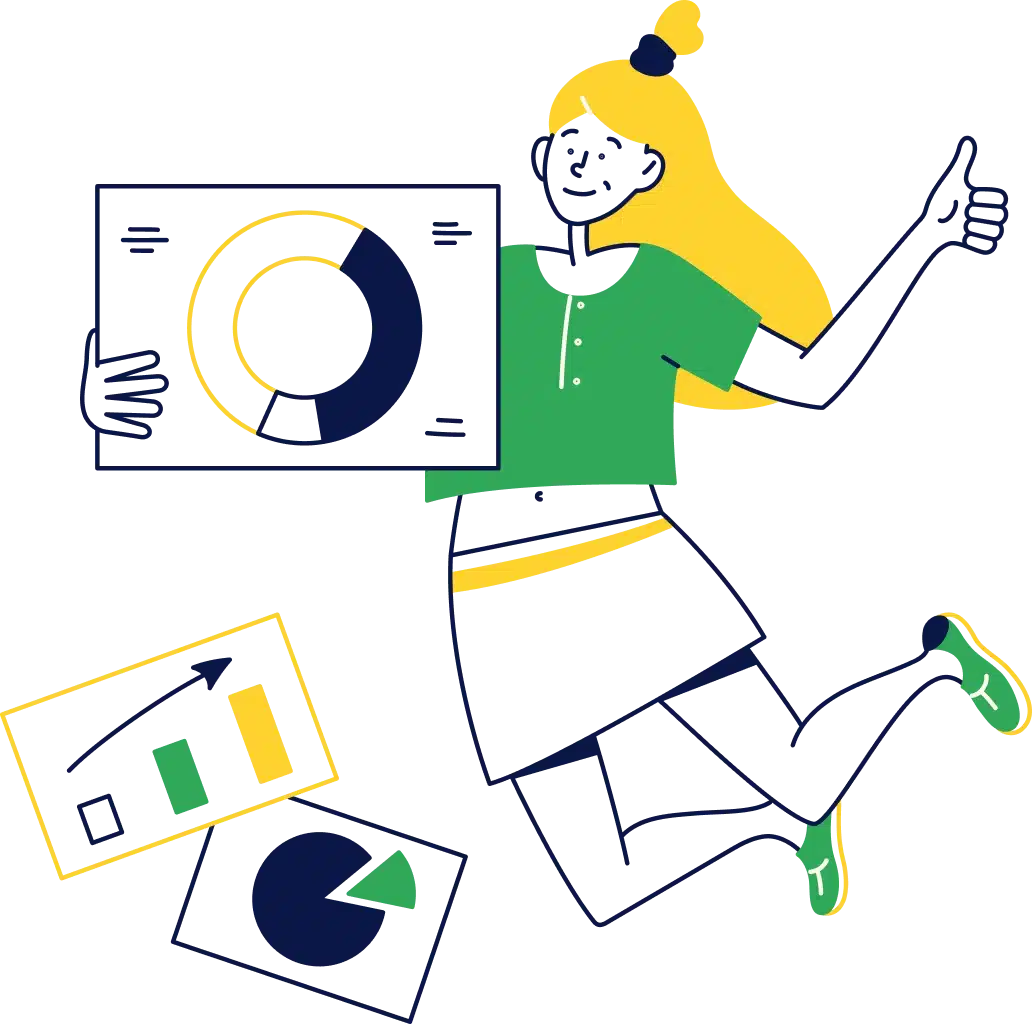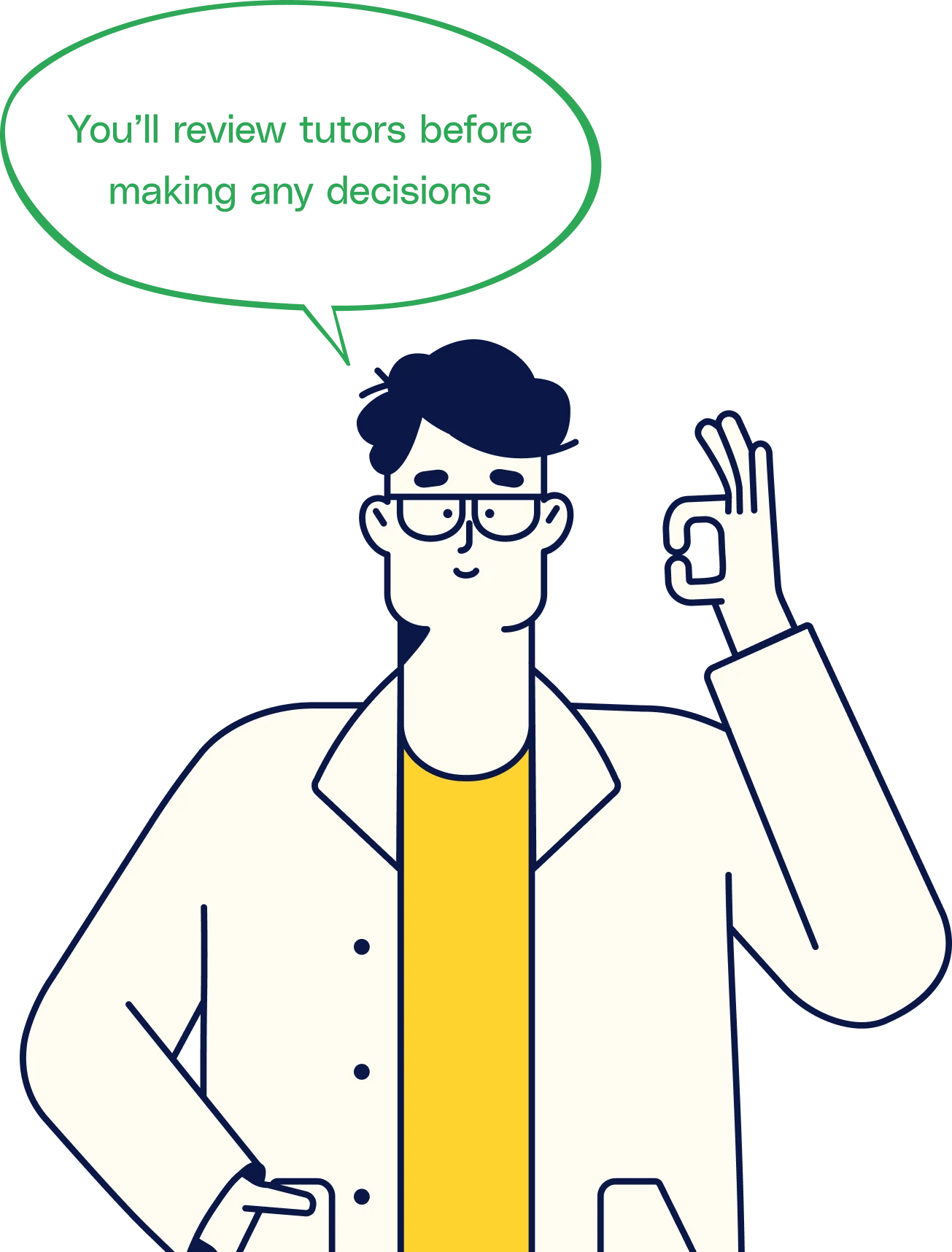All families will have some struggles when raising children, but does your child's behaviour leave you feeling frustrated and exhausted? You might be searching for answers because traditional parenting and discipline methods do not work, and may even make things worse. You may have come across the term Pathological Demand Avoidance, or PDA. This guide provides a foundational explanation of PDA, its relationship to autism, and how you can help your child.
It is important to understand that PDA is not a sign of bad parenting, nor is it your child being deliberately naughty or problematic. The behaviours associated with PDA come from a psychological need to avoid everyday expectations.
What is the Core of PDA?
Pathological Demand Avoidance is widely accepted as a profile on the autism spectrum. Its central characteristic is an anxiety-driven need to remain in control and avoid the demands of others.
For a child with PDA, even seemingly simple requests like "can you please put your shoes on" or "time for dinner" can feel like a threat. This triggers anxiety and a panicked response to resist the demand. These are not conscious choices to be difficult; it is an automatic system that produces an overwhelming response.
Key features of the PDA profile often include:
- Resisting ordinary demands: This goes far beyond typical childhood resistance. The avoidance can feel all-consuming.
- Finding strategies for avoidance: Children with PDA are often highly social and can use distraction, negotiation, giving excuses, or claiming to be unable to do something to avoid a demand.
- Sociability: As is common in autism, those with PDA can be charming and socially capable, but often have a flawed understanding of social boundaries.
- Sudden mood swings: Behaviour can be erratic and unpredictable, driven by the constant effort of managing anxiety and perceived threats.
PDA or ODD?
Children with a PDA profile are often misdiagnosed with Oppositional Defiant Disorder (ODD). ODD is also associated with neurodivergence. The strategies used to manage these conditions are quite different, and using the wrong one can make the situation worse.
- Motivation: PDA is an anxiety-based need to feel safe through control. ODD is defined as being characterised by anger and hostility, typically directed at authority figures.
- Social Strategies: Children with PDA often use elaborate excuses, charm, or distractions to avoid demands. ODD is more directly confrontational and argumentative.
- Target: In PDA, the avoidance is pervasive and can apply to anything, even enjoyable activities or internal feelings like hunger. For ODD, the defiance is usually aimed at authority figures such as parents and teachers.
- Response to Strategies: This is the most important difference. The low-demand, collaborative strategies needed for PDA do not work for ODD. In the same way, the firm boundaries and consequences recommended for ODD are damaging for a child with PDA, increasing their anxiety.
Some Professionals Call It ‘Pervasive Drive for Autonomy’
The term 'Pathological Demand Avoidance' can feel negative. To avoid this, many professionals and some parents are now using the term ‘Pervasive Drive for Autonomy’. This name tries to remove PDA’s implication of blame and reframe it more positively and accurately. It focuses on the core trait: wanting to be in charge of their actions and choices.
Not an official diagnosis
PDA is not currently listed as a separate diagnosis in clinical manuals, such as the DSM-5 and ICD-11, which are used in the UK. This is why many doctors or local authorities may say they cannot give a PDA diagnosis.
PDA is a specific profile of Autism Spectrum Disorder (ASD). This means a person is diagnosed with autism, but their behaviour is shaped by PDA. Awareness of PDA is growing in the UK, but the knowledge is inconsistent. Some identify a 'PDA profile' within an autism diagnosis, while others don’t.
Understanding is the First Step
Realising that your child's behaviour is a form of extreme anxiety and a need for control, rather than trying to cause trouble or disruption, is important in removing blame from the situation. It helps you to see the flare-ups empathetically, even if they are just as challenging.
Transitions and PDA: Back to School and Beyond
For children with PDA, the shift from holidays to term-time can feel overwhelming. Returning to school after the long summer break involves especially major changes in routine, new expectations, and less time at home. Each of these elements can trigger anxiety, making the transition particularly challenging.
Although September brings a particularly obvious transitional shift, for neurodivergent students, everyday life is full of difficult transitions on a smaller scale. Moving from the safety of home into the busy environment of school, and then shifting back again at the end of the day, can feel like energy-sapping, uphill struggles. For children with PDA, these transitions can be accompanied by overwhelming feelings of pressure, rigidity and demands.
Why transitions are so difficult
- They represent a change in routine and environment, which increases anxiety.
- They are demands imposed by time and circumstance, rather than chosen by the individual.
- They often have a sense of pressure, such as the school bell indicating a need to go to class, or the need to catch a bus at a specific time.

Evidence-Based Strategies for Supporting a Child with PDA
In this section, we will look at some strategies that parents can practically do at home to ease everyday struggles. While research into PDA is still emerging, experts and charities have developed some excellent resources to help families reduce stress and make children feel safe. In this section, we'll delve into some actionable tips to try at home.
1. Keep demands low and calm
Children with PDA can be very sensitive to perceived pressure, from both external sources (e.g. parents or teachers) and themselves. The PDA Society recommend removing as many pressures as possible, and presenting requests using calm, indirect language that allows children autonomy. This lowers anxiety and makes it more likely your child will engage without feeling overwhelmed.
Example: Instead of “You need to get dressed now”, you might say “Which t-shirt would you like to wear today?”. You could also lead by example without making a direct request - "I'm going to get dressed now before we head out".
2. Offer choices and a sense of control
It's vital that children and teens with PDA are able to feel a sense of autonomy in order for them to feel safe and secure. Offering genuine choices, even in small ways, helps your child feel more in control, which in turn reduces resistance and builds cooperation.
Example: Try offering options such as “There's cereal or toast around if you're hungry this morning”. Saying something like "It's time for breakfast, have some cereal", may feel restrictive and enforce a hierarchical dynamic.
3. Use creative support
Using playful or creative support methods such storytelling, role play or games can make everyday tasks feel fun and collaborative instead of threatening and pressurised.
Example: Use a kitchen timer to turn tidying up into a “race against the timer”, turning a chore into a game.
4. Use flexible and collaborative approaches
Rigid instructions often increase anxiety. The National Autistic Society recommends "a collaborative approach that flattens hierarchies", where parents work alongside the child. Building trust through flexibility and compromise is far more effective than more traditional forms of parental discipline.
It's important to remember that what works today may not work tomorrow - be prepared to adapt! For example, for a child with PDA, a food that's felt safe for a few weeks may suddenly feel unsafe to eat. Validate their experience and work with them to choose something else.
Example: If leaving the house is difficult, try suggesting your child bring along a favourite toy or choose the music you play in the car to ease the transition out of the home environment.
Support begins when we see a child who is trying to feel safe, rather than a child who is acting out. Contact one of our experienced tutors here at Sunbeam Education if you're seeking mentoring, coaching or tutoring support for your child with PDA.
How Coaching and Tutoring Can Help
At Sunbeam Education, we offer both subject tutoring and coaching from experienced, understanding professionals. All of our tutors and coaches are DBS-checked, insured, and trained in supporting students with a wide range of special educational needs, including Autism and Pathological Demand Avoidance (PDA). If PDA is impacting your child's learning, our expert and empathetic tutors can help. We work with students to develop personalised strategies for handling demands, transitions and everyday challenges in ways that feel safe and achievable. Through gentle structure, collaboration and encouragement, we help learners build confidence and re-engage with education in a way that works for them.





